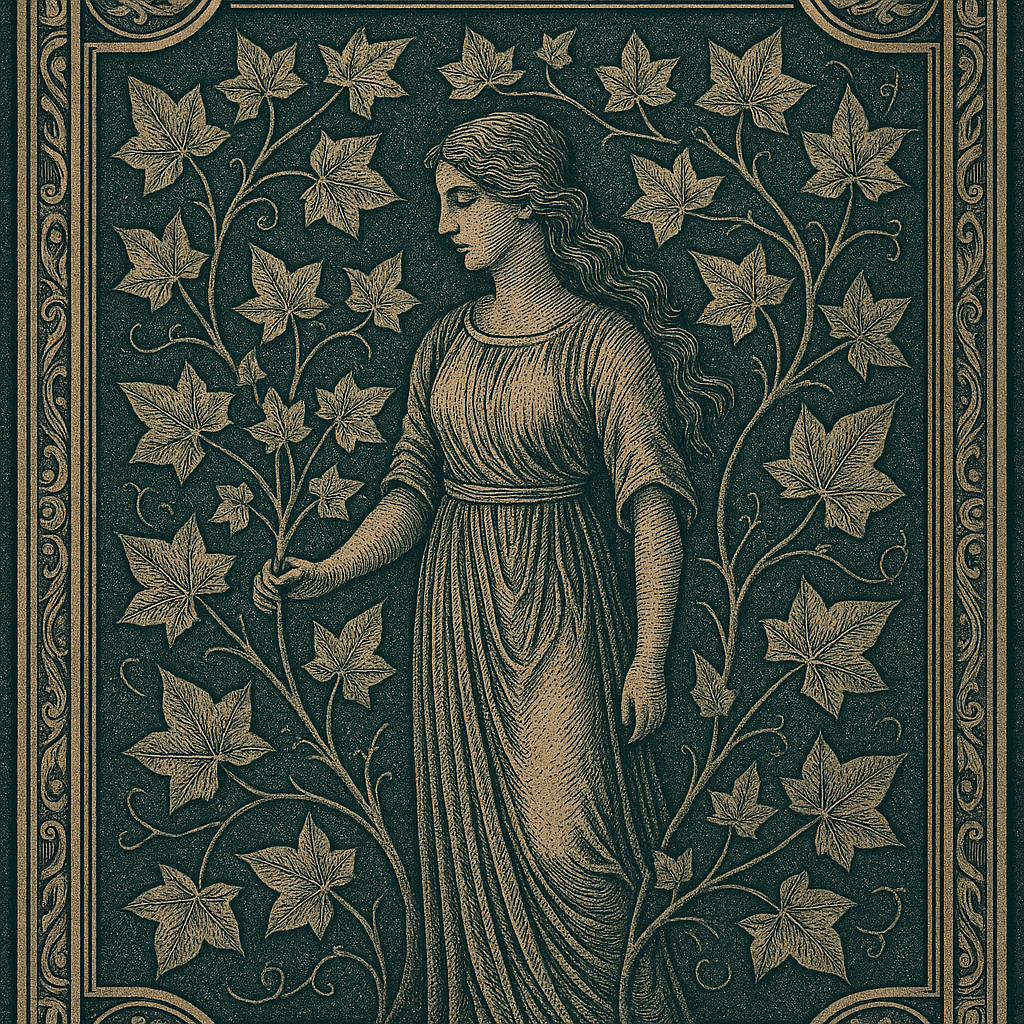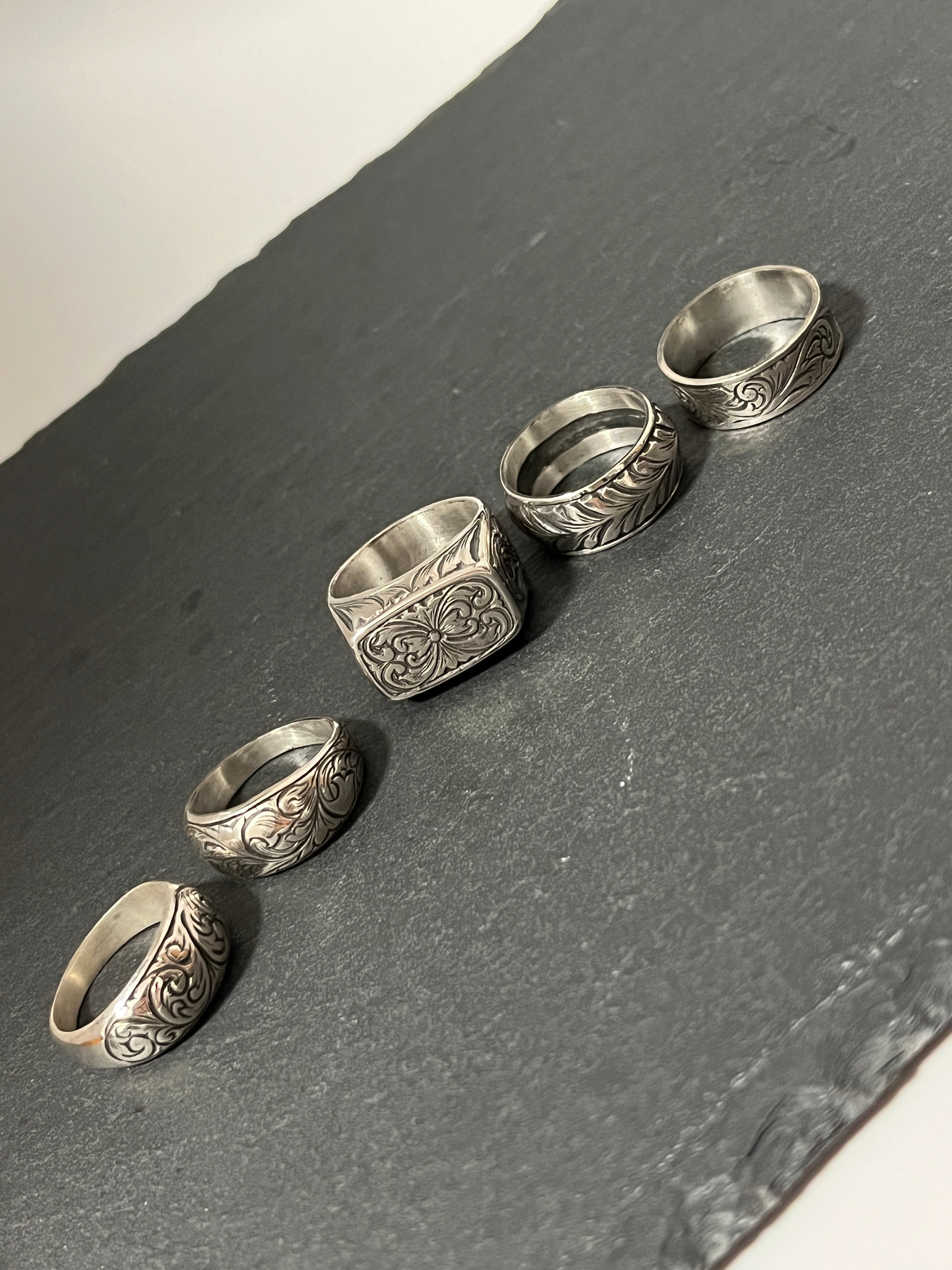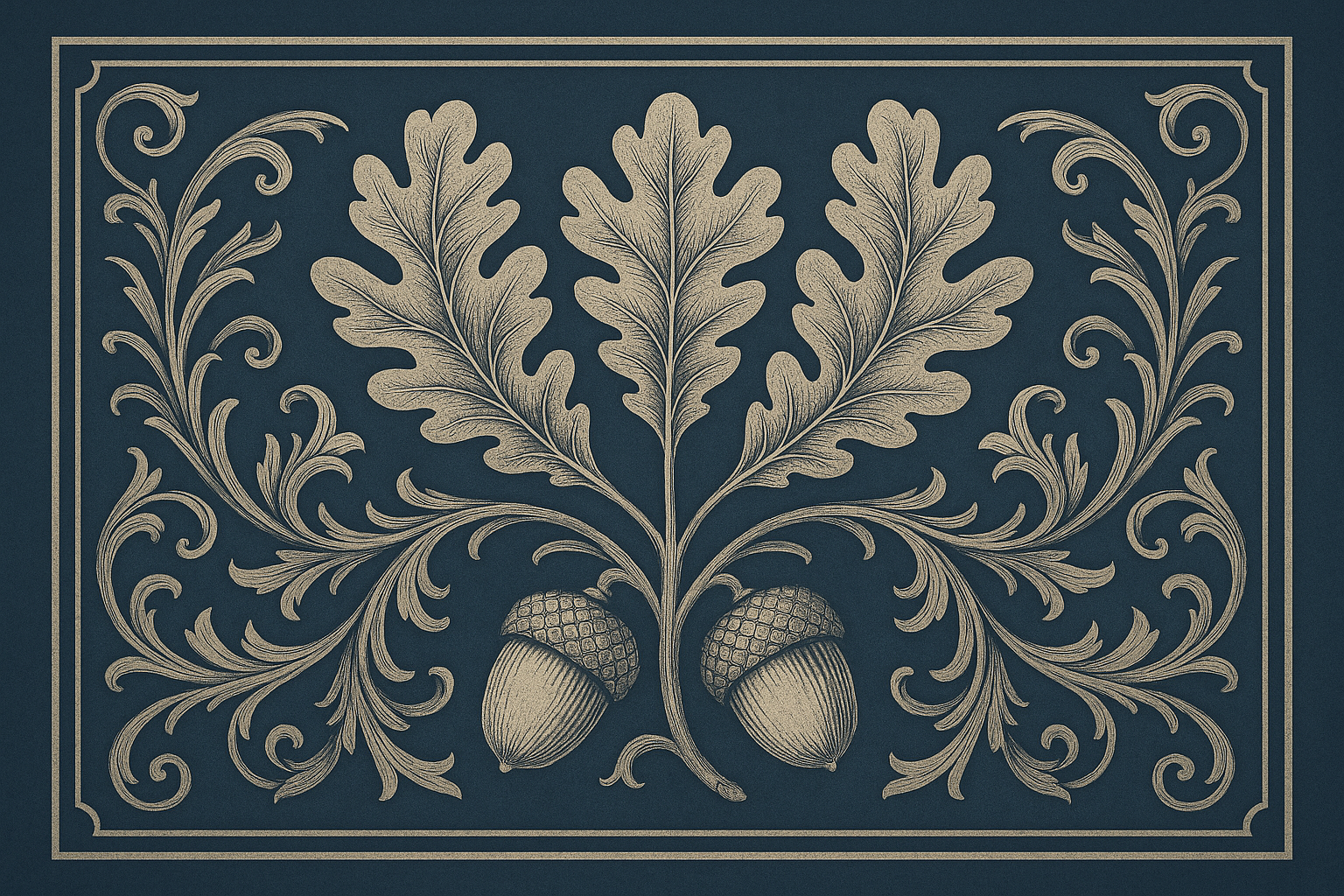

Ivy motif: A symbol of loyalty and eternity beloved in medieval Europe
What is Ivy?

Ivy is a type of creeper with evergreen leaves and the ability to grow by clinging to walls and trees.
Because of its vitality and shape, it has been given special significance in European culture since ancient times.
Ivy in Ancient Greece and Rome
It is associated with the belief in Dionysus (Bacchus) and, along with grapes, is a symbol of "feasting and intoxication."
However, the main feature was the grapevine, with the ivy playing a supporting role.
Development in Medieval Europe
The "ivy leaf pattern" is often used to decorate illuminated manuscripts.
Because of its evergreen and "twining" nature, it came to be understood as a symbol of loyalty, eternal life, and connection, and as an iconography representing master-servant relationships and piety.
Decoration from the Gothic period onwards
It appears in architectural decoration and sculpture.
The "entangled figure" symbolizes loyalty and pledge, and was used as an ornament for royalty and clergy.
Modern influence
In British and American university culture (the "Ivy League"), it also symbolizes tradition and prestige.
It is also used as a motif in modern jewelry and metalwork design to express **eternity and connection**.
summary
In ancient times, ivy was a symbol of the god of wine, and from the Middle Ages onwards it developed into a motif representing loyalty and eternal life.
Its ability to entwine and never let go has been passed down as a symbol of connections between people, faith and vows, and is still used in modern design.



